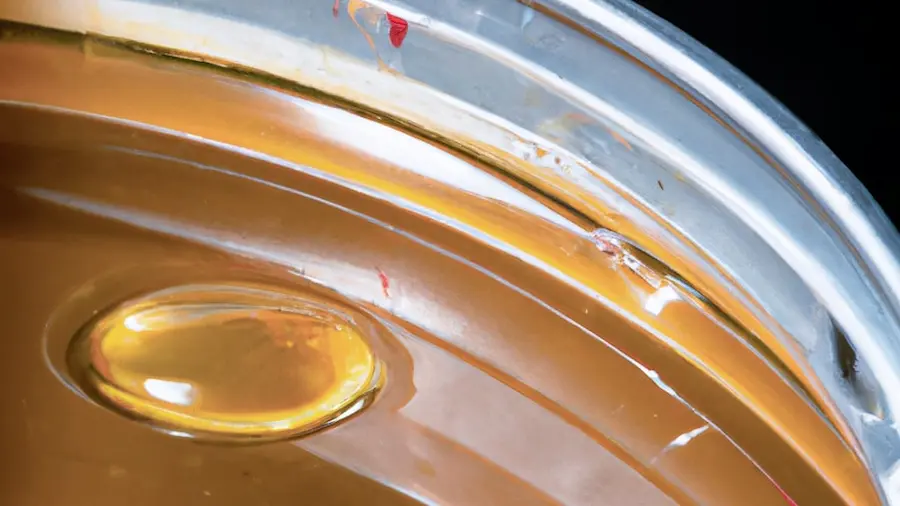~ 6 min read
Water-Based vs Oil-Based Stain: Which Should You Use?

Staining wood can be one of the most satisfying DIY activities. It is a process that has been around since the beginning of time, and it can bring a lot of joy to homeowners who are passionate about wood. Wood stain comes in two main varieties: water-based and oil-based. Both types have their benefits and drawbacks, so knowing which type is best for a particular project can be challenging.
What are water-based and oil-based stains?
Water-based stains, oil stains, and stain varnishes all have one thing in common: They are liquid products that adhere to wood and create a protective coating on the wood surface. The main difference between water-based and oil stains is that water-based stains are water-soluble, while oil stains are oil-soluble.
Oil stains are rich in oil, which makes them slow drying, long-wearing, and less prone to fading than water stains. We use them on softwoods and other types of wood that stain well with oil.
Water stains come in many colors, have a thinner consistency than oil stains, and dry quickly. You can use them on hardwoods, especially oak, which tends to give a rich color.
Stain varnishes are also oil-based, but they have added a varnish. I have used them on fine furniture, antiques, and other items that require a high-quality, low-maintenance finish.
What are the benefits of each type of stain?
We make water-based stains with water, solvents, and dyes or pigments. Depending on the solvent, they can be thinned with water or have similar properties to oil-based ones. These stains can be applied with a rag, sprayer, or brushed.
We make oil-based stains from thinning oil with solvents. They are generally easier to apply than water-based stains but can be more expensive and more difficult to clean up. They are often more durable than water-based stains, which can fade over time.
The color of the wood is one of the main benefits of oil-based stains. Because oil-based stains contain natural oils, they can penetrate the pores of the wood and can often produce a more uniform color. Water-based stains are less likely to achieve a similar level of color saturation.
Water-based stains can be used on any type of wood, but they can’t darken the wood like oil-based stains. Therefore, oil-based stains are often better for adding color to white or light wood, while water-based paints are often better for darker woods.
What are the drawbacks of each type of stain?
Water-based stains are very eco-friendly because they are water-soluble. The drawbacks of water-based stains are that they are not long-lasting and do not produce a rich, deep, natural color. They take a long time to dry and have a powerful odor.
The main drawback to water-based stains is that they are not very long-lasting. Water-based stains are also not very deep or natural in color.
The main drawback to oil-based stains is that they are not eco-friendly. In addition, they take a long time to dry and have a powerful odor.
For most projects, a water-based stain is the best option. However, oil-based stains are significant for cabinetry because they are long-lasting and can be applied in multiple thin layers to achieve an intense, rich color.
How do you choose the right type of stain for your project?
Organic compounds, including natural oils, resins, waxes, and tars, make up the majority of wood stains. These stains are available in various colors and even unique, custom hues. And since organic compounds are a crucial ingredient, wood stain goes on and penetrates wood grains with relative ease.
While they still contain organic compounds, oil-based stains are primarily mineral oils and can be petroleum-based or derived from natural oils. These stains can be thick and heavy and can dry slowly. They can be less than ideal for large projects and more challenging to apply to the grain.
Water-based stains are also prevalent. Because water-based stains are often composed of organic compounds dissolved in water, they can tend to dry slowly. However, some water-based stains can have a quick-drying, satin finish.
Water-based stains are usually thinner than oil-based stains, and because they contain water, they clean up easily with soap and water. But water-based stains can be more challenging to apply to the grain.
Stain varnishes are not true stains, but they are sometimes called stains or a topcoat of varnish over a stain. The range of colors can be similar to that of wood stains, and the wood grain isn’t as important because you will be applying a topcoat.
How do you apply each type of stain?
Oil-based deck stains are typically quite thick and opaque and can be applied with a brush or a roller. The key to using oil-based stains is working quickly before the wood surface dries.
Water-based deck stains are thinner and more transparent than oil-based stains. This means they are easier to apply in thin coats and do not require the same work time. Water-based stains should be sprayed, brushed, or rolled onto the wood surface for best results.
There are two types of water-based deck stains: penetrating and semi-transparent stains. Penetrating stains have more pigment and more color. Semi-transparent stains are clear in color and will not color the wood as much as penetrating stains. Semi-transparent stains can be applied with a brush, but we recommend that you spray, brush, or roll them onto the wood surface for the best results.
There are pros and cons to both water-based and oil-based stains, so it depends on your specific needs as to which one you should use. An oil-based stain is a good choice if you need a stain that will penetrate deep into the wood. If you need a stain that is easy to apply and clean up, then a water-based stain is a good choice. Ultimately, it is up to you to decide which type of stain is best for your project.
Related Reading: